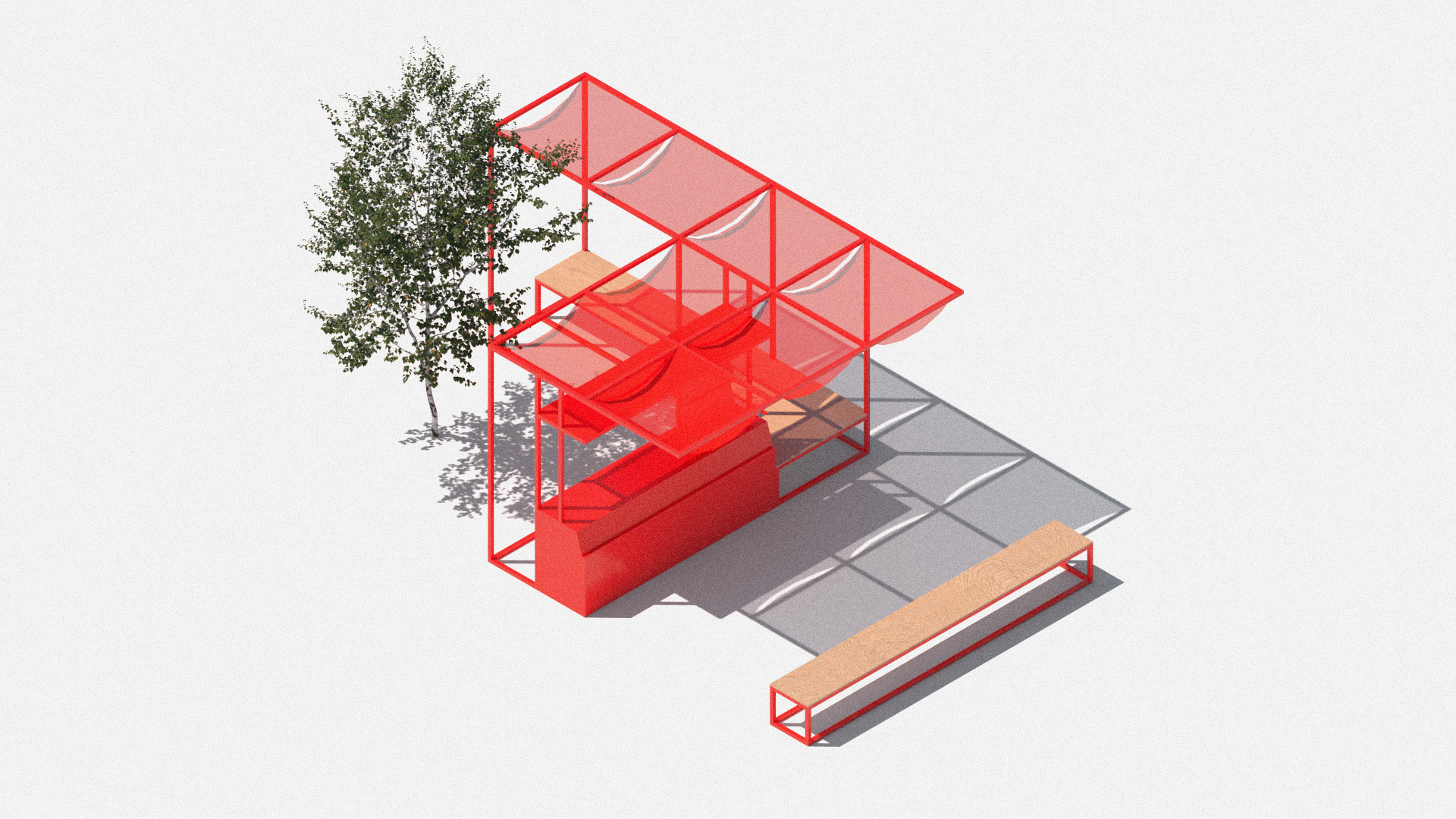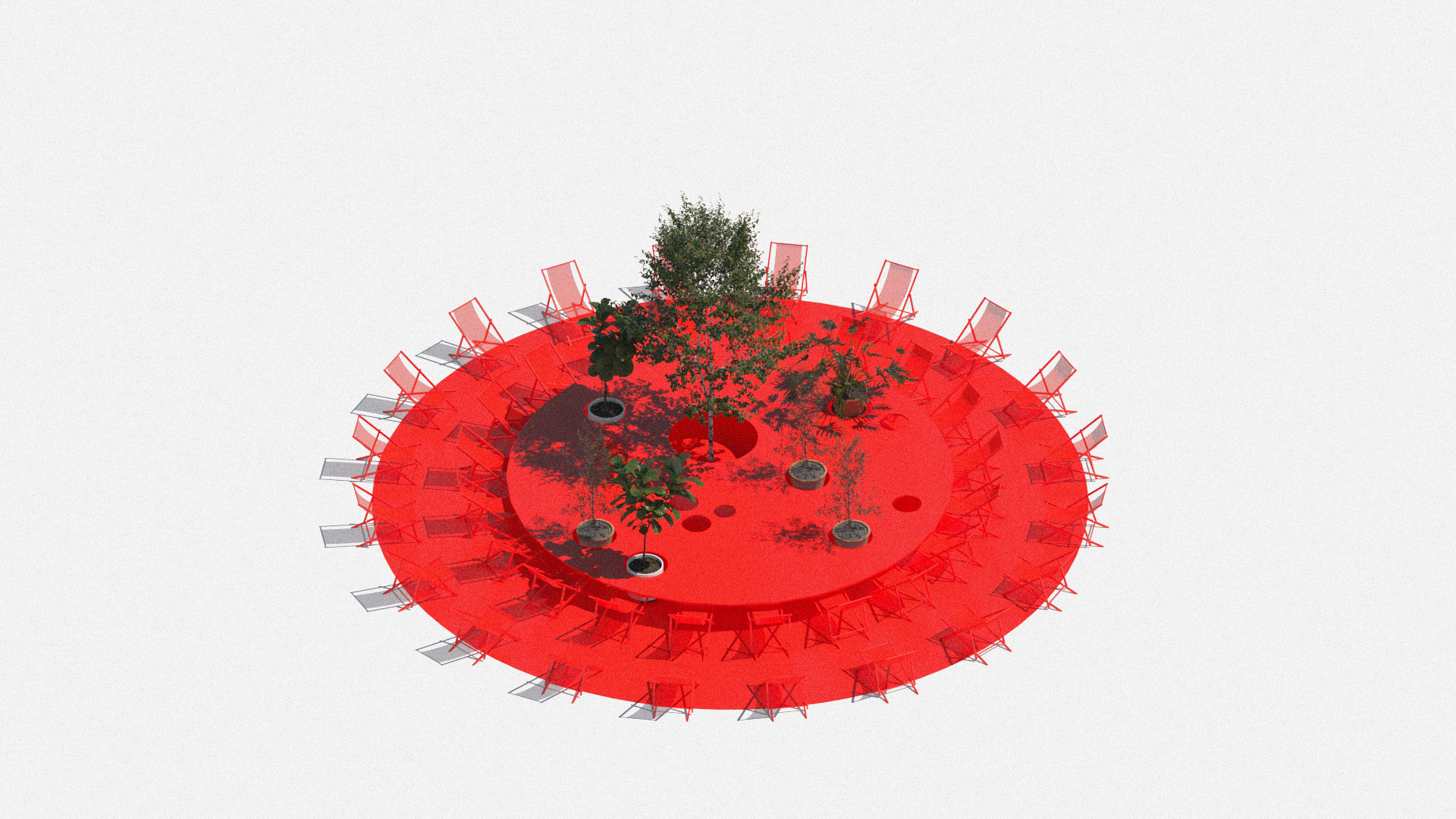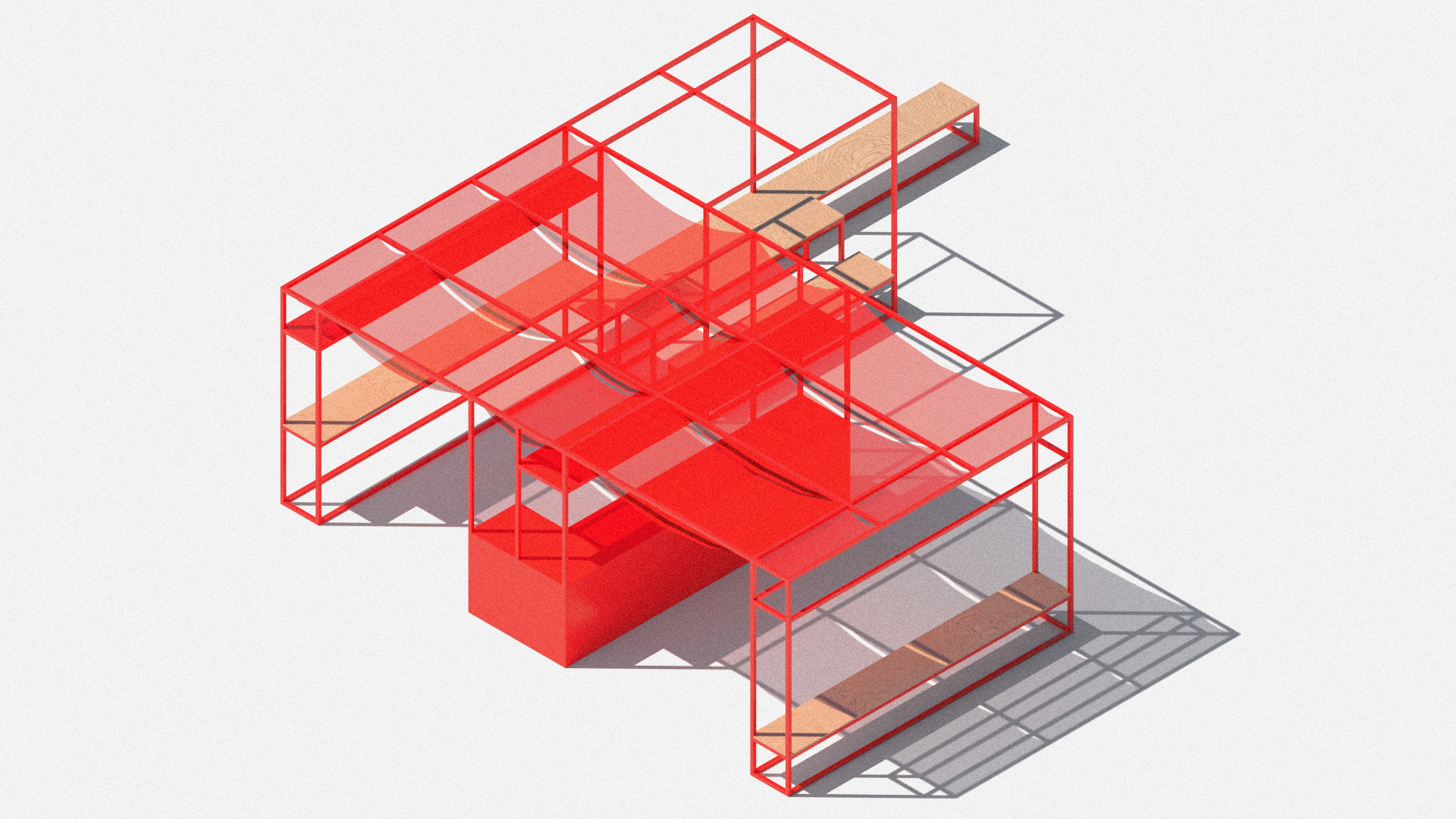About Bezalel Pavilion
The Bezalel Pavilion in honor of Henry Urbach is a platform for students’ work, cultural events of the art academies acting in Jerusalem, and urban community activities.
During July, the pavilion will operate at the Jerusalem Campus for the Arts and celebrate the move of the art schools to their new campus: the pavilion will be a stage for events by the Nissan Nativ Acting Studio, The Center for Middle Eastern Classical Music, the Sam Spiegel Film and Television School, The School of Visual Theatre, and Kolben Dance Company.
The pavilion is a joint project of Bezalel students from The School of Architecture and The Department of Visual Communication, led by Arch. Deborah Pinto Fdeda, Arch. Aliel Kaye and designer Michal Sahar.
The project is a collaboration between Bezalel Academy of Arts and Design Jerusalem, The Jerusalem Foundation, the Jerusalem Municipality, and Eden — the Jerusalem City Center Development Company, supported by the Urbach-Lissner-Hartman Family and the Rhea Blackwood Foundation





